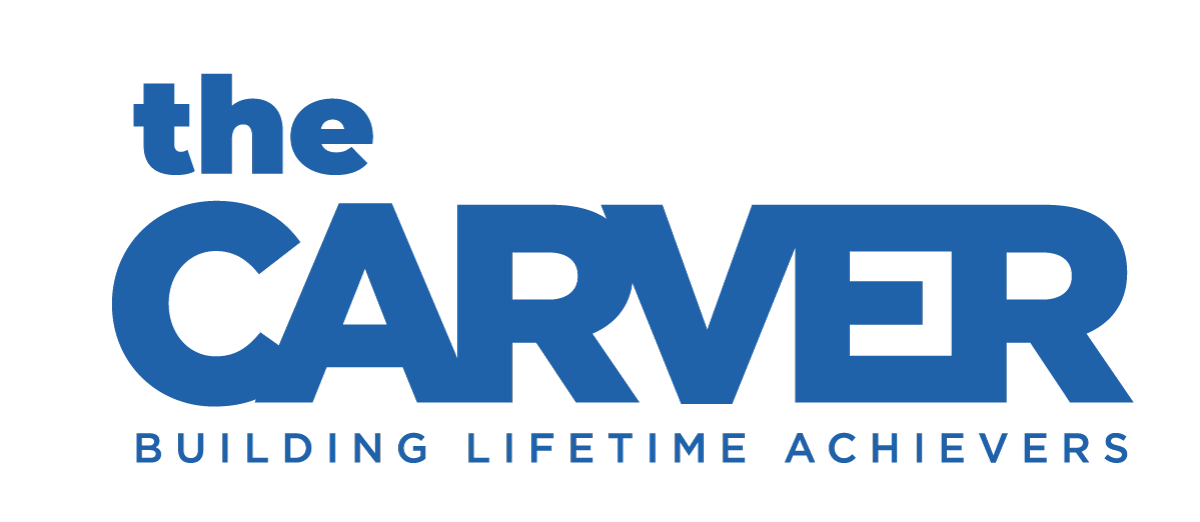Sahiba Dhindsa, a junior at Staples High School in Westport, brought to Carver the robot she built for the 2016-2017 FIRST Tech Challenge that year called Velocity Vortex. Sahiba showed our CASPER students today at the Carver Community Center their way around Sahiba’s robot.
The FIRST Tech Challenge grew out of FIRST Lego League, which Carver student teams compete in each year.
The FIRST Tech Challenge (FTC) is designed for students in grades 7–12 to compete head to head, by designing, building, and programming a robot to compete in an alliance format against other teams. The robot kit is programmed using Java, the MIT App Inventor, or other Android programming systems. Teams, with the guidance of coaches, mentors and volunteers, are required to develop strategy and build robots based on innovative, sound engineering principles. Awards are given for the competition as well as for community outreach, design, and other real-world accomplishments.
The VELOCITY VORTEX℠ competition was played on a 3.7m × 3.7m (12 ft. × 12 ft.) square field with approximately 0.3m (1 ft.) high walls and a soft foam mat floor. The field was divided diagonally into a “red” and a “blue” side corresponding to the two alliances. In the center of the field were two goals on a rotatable stand called the Center Vortex. Two ramps, each with a goal, called the Corner Vortex, were placed in opposite sides of the field. The Center Vortex Goals and Corner Vortexes were alliance specific. There were also four alliance neutral Beacons, two placed on each front wall next to the Corner Vortex. There were floor markings as well as Vision Targets placed on the field walls as reference points for robot navigation.
Alliance specific scoring elements for VELOCITY VORTEX℠ were five small balls called Particles and one large ball called a Cap Ball per alliance. At the start of a match, each alliance had three Particles available for preloading and scoring during the Autonomous period. Each alliance could earn up to two more Particles for use during the Driver-Controlled period by claiming Beacons during the Autonomous period.
Matches had two distinct periods of play: a 30-second Autonomous period followed by a two-minute Driver-Controlled period, the last 30 seconds of the Driver-Controlled period is called the End Game which adds new scoring opportunities for robots to achieve.


